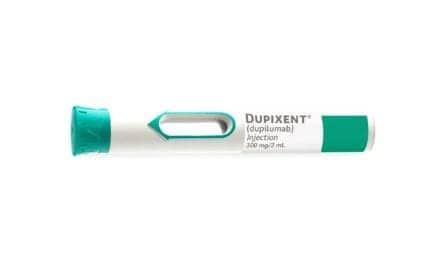A new study reveals that an artificial intelligence (AI)-aided stethoscope significantly improves the accuracy of home monitoring for asthma, including in very young children.
Presently, adults and older children with asthma can take objective measures of symptoms such as peak expiratory flow (PEF), the volume of airflow in one forced exhalation, at home. This provides a more complete picture of their disease and helps them detect asthma exacerbations or negative changes to their condition at the onset.
However, a 2022 report by the Global Initiative for Asthma identifies continuous respiratory sounds such as wheezes, rhonchi, as the best indicators of asthma exacerbation, especially in children under 5 years of age.
Assessment of these symptoms, still primarily done by doctors using stethoscopes in face-to-face visits, can be largely subjective, especially when judged by those who are not medical professionals. There is no objective tool currently recommended for parents to monitor their young children’s symptoms at home.
Researchers of the study, published in The Annals of Family Medicine, conducted a six-month observational study on 149 home-monitored asthma patients of various ages in Poland. They investigated which symptoms are crucial to measure in detecting exacerbation. To what extent could an AI-aided home stethoscope support detection, especially in young children?
Standard-certified medical devices were used to take objective measures of certain asthma symptoms (pulse oximeters for peripheral capillary oxygen saturation and peak flow meters for expiratory flow) in study participants over 5 years old but not for participants under 5 years old.
For more subjective, auditory symptoms, a Conformité Européenne-certified StethoMe, an AI-based home stethoscope, recorded auscultatory sounds from standard chest points of all study participants and transferred the sound files to a cell phone app.
The recordings were automatically analyzed by an AI module, and the generated results (pathological auscultatory sound intensities, heart rate, respiratory rate, inspiration-to-expiration duration ratio) were displayed in the app. All data were analyzed by physicians via an online platform to identify exacerbation occurrences.
Ultimately, results suggest that, while taking multiple measures is preferable, AI analysis of home stethoscope recordings alone can efficiently detect asthma exacerbation in patients of all ages, including children under 5 years old.
What We Know: Asthma is the most common chronic childhood disease and is prevalent in adults as well. Although asthma can be controlled with medication, the disease can worsen, and timely identification of asthma exacerbation is essential for proper management and symptom relief. One way to identify exacerbation is by measuring PEF. Home monitoring tests for PEF are available for adults and school-aged children, though none are currently recommended for children under 5 years of age. Assessing more subjective, auditory symptoms such as coughing and wheezing, while recommended, is less reliable when done at home.
What This Study Adds: The results of this study indicate that, while combining multiple measurements of asthma is ideal, the parameters measured by the StethoMe AI-aided home stethoscope can help detect asthma exacerbation more effectively than PEF measurements. It can be a useful tool for optimizing patient-doctor collaboration via telemedicine, according to researchers. For children under 5, an AI-aided home stethoscope could significantly facilitate asthma monitoring by their parents and caregivers.
Photo 126299214 © Andrey Popov | Dreamstime.com










